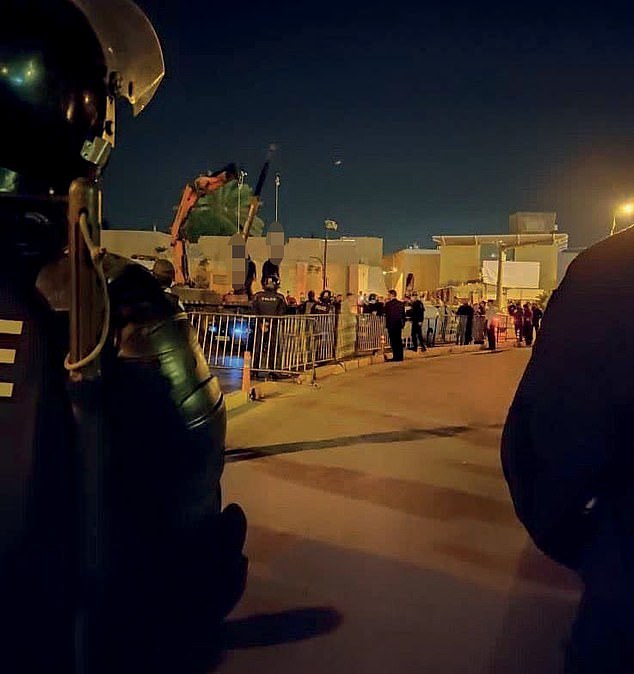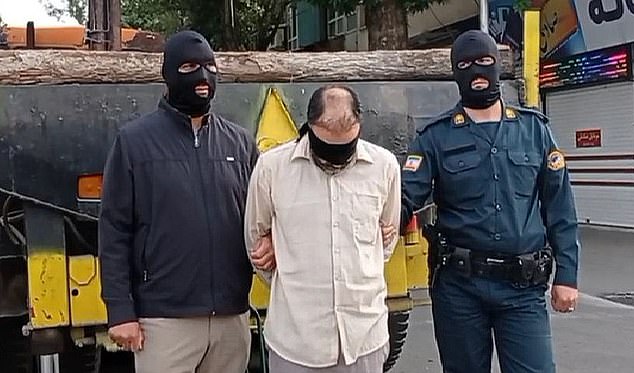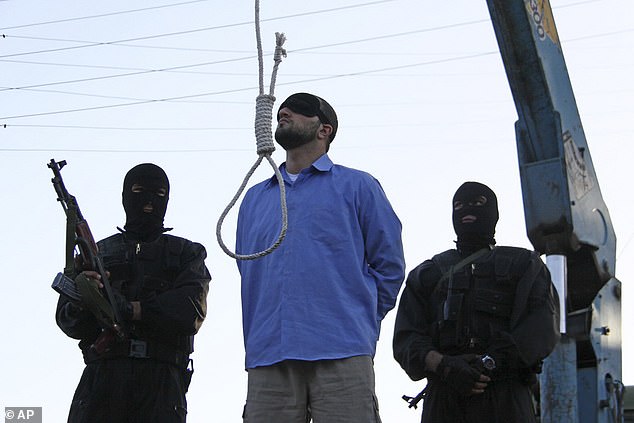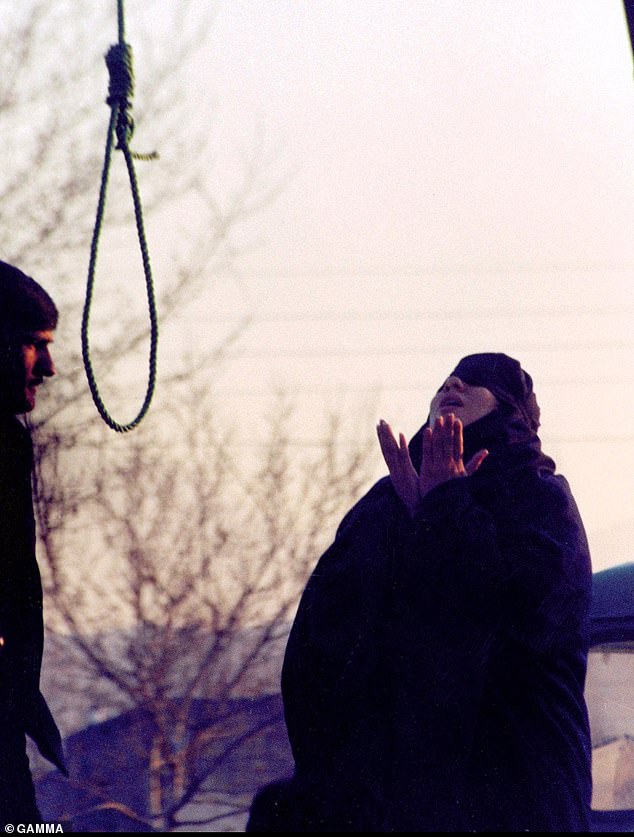- The Iranian government has executed at least 834 people in a single year
- But the figure is likely higher, as Iran’s transparency on the matter is low.
- At least 22 women were executed last year
<!–
<!–
<!– <!–
<!–
<!–
<!–
Iran executed a “staggering” total of at least 834 people last year, the highest number since 2015, when capital punishment increased in the Islamic republic, two human rights groups said on Tuesday.
The number of executions that Iran has carried out by hanging in recent years increased by approximately 43 percent compared to 2022.
At least 22 women were executed, the highest number in the last decade, according to the report.
Fifteen of them were hanged on murder charges and NGOs have long warned that women who kill an abusive partner or family member risk being hanged.
It was only the second time in two decades that more than 800 executions were recorded in a year, after 972 executions in 2015, Norway-based Iran Human Rights (IHR) and Together Against the Death Penalty said in the joint report. , based in Paris.

Iran executed a ‘staggering’ total of at least 834 people last year


The number of executions that Iran has carried out by hanging in recent years increased by approximately 43 percent compared to 2022.
The groups accused Iran of using the death penalty to sow fear in society following protests sparked by the death in police custody of Mahsa Amini in September 2022 that shook authorities.
“Instilling fear in society is the regime’s only way to stay in power, and the death penalty is its most important instrument,” IHR director Mahmood Amiry-Moghaddam said in the report, which described the figure of 834 as a “staggering total.”
Iran has executed nine men in cases related to attacks on security forces during the 2022 protests – two in 2022, six in 2023 and one so far in 2024 – according to human rights groups.
But executions have intensified for other charges, especially in drug-related cases, which until a few years ago had seen a decline.
“Of particular concern is the dramatic escalation in the number of drug-related executions in 2023, which amounted to 471 people, more than 18 times higher than the figures recorded in 2020,” the report notes.
Members of ethnic minorities, particularly the Sunni Baluchs of southeastern Iran, are “vastly overrepresented among those executed” on drug charges, he said.
At least 167 members of the Baluch minority were executed in total, representing 20 percent of the total executions in 2023, even though the minority represents only about five percent of Iran’s population.


In 2023, only 15 percent of recorded executions were announced by official Iranian media.


At least 22 women were executed, the highest number in the last decade, according to the report.
ECPM director Raphael Chenuil-Hazan said the “lack of reaction” by the United Nations Office on Drugs and Crime (UNODC) was sending “the wrong signal to the Iranian authorities”.
Most hangings in Iran take place within the confines of the prison, but the report says that in 2023 the number of hangings carried out in public in Iran tripled compared to 2022, with seven people hanged in public spaces.
In 2023, only 15 percent of recorded executions were announced by official Iranian media, with the IHR confirming the remaining executions with its own sources.
Amiry-Moghaddam expressed concern that the lack of international outrage over the executions, particularly with attention focused on the Gaza war between Israel and Hamas, was only encouraging the Islamic republic to carry out more hangings.
“The inconsistency in the international community’s reaction to the executions in Iran is unfortunate and sends the wrong signal to the authorities,” he said.

